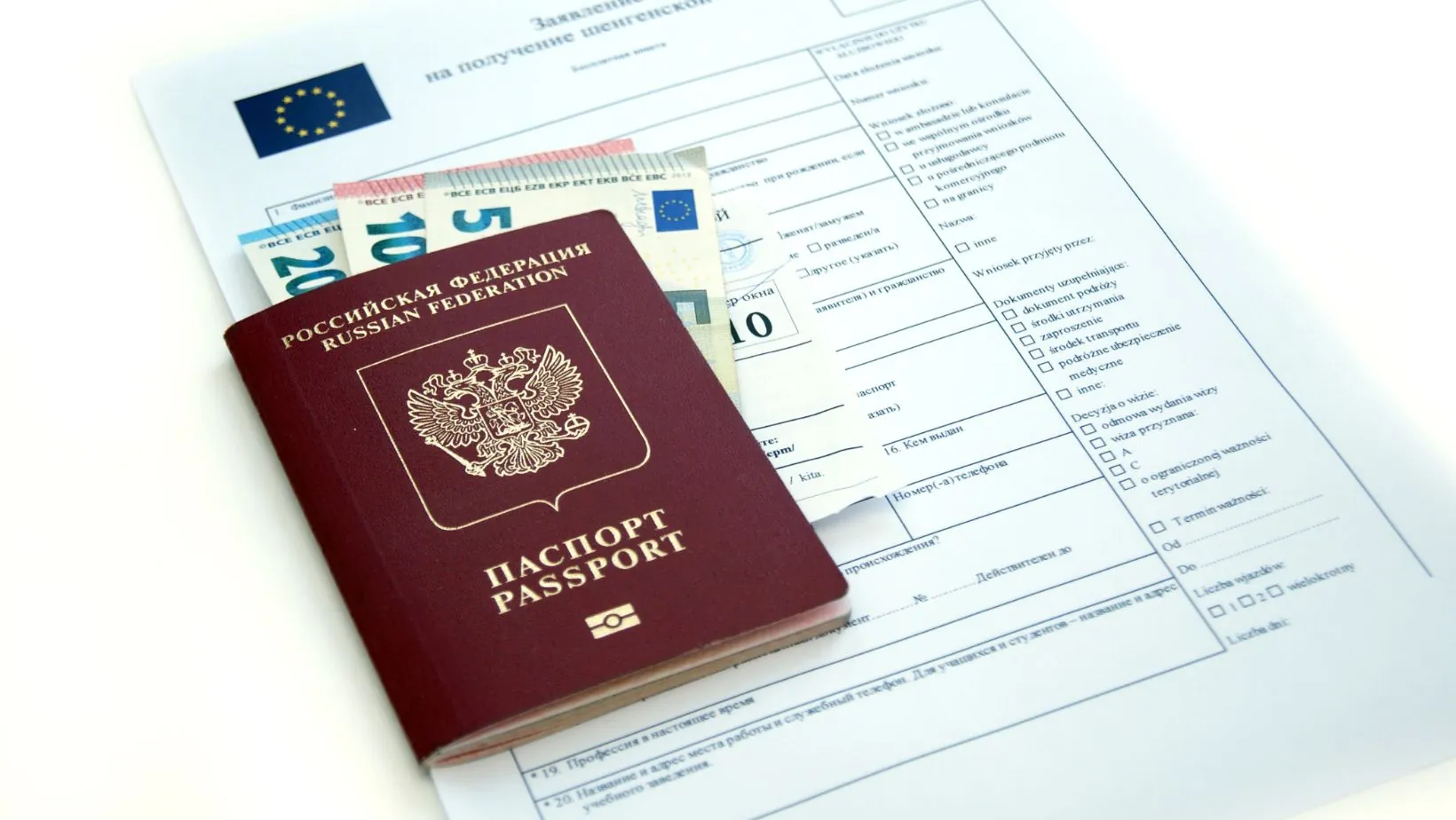Europe continues to be a top destination for Indian travellers—whether it’s for business, education, or a long-awaited vacation across historic cities and digital-first capitals. But before embarking on a Schengen journey, there’s one critical requirement that remains non-negotiable: travel insurance. While traditionally viewed as a formality for visa approval, in today’s tech-driven travel ecosystem, travel insurance for Schengen visa holders is far more than just paperwork—it’s an integrated layer of protection, digital convenience, and peace of mind.
As global travel becomes more reliant on digital documentation, real-time assistance, and automated claims, having the right policy is as essential as your passport or boarding pass.
The Schengen Rulebook: More Than Just Borders
The Schengen Area spans 27 European countries, all of which require third-country nationals, including Indians, to present valid travel insurance when applying for a visa. But this isn’t a symbolic requirement—it’s backed by specific criteria:
● Minimum medical coverage of €30,000 across all Schengen countries.
● Coverage for emergency medical evacuation and repatriation.
● Validity across your entire stay, including multiple destinations.
● Protection against disruptions, such as flight delays, lost baggage, and trip cancellations.
What elevates this further is that Schengen embassies increasingly require digitally verifiable insurance documents for faster visa processing. Tech-savvy travellers are now expected to include PDFs, e-certificates, and policy QR codes with their visa applications.
Why Travel Insurance Is No Longer Just a Visa Requirement
For years, travel insurance was purchased purely to meet visa checklist criteria. But in 2025, it has evolved into a smart travel companion—offering real-time alerts, AI-backed hospital locators, cashless e-claims, and seamless integration with digital wallets.
Modern insurers are not only providing coverage but also enhancing the digital travel experience with mobile apps that:
● Track flight delays and issue compensation notices automatically.
● Connect you to nearby partner hospitals via GPS.
● Allow one-click claims submission with document scan tools.
● Offer 24/7 multilingual chat support directly from your phone.
As international travel becomes more connected, these features are no longer extras—they’re essentials.
The True Cost of Uninsured Travel in Europe
Europe’s healthcare system is among the world’s best, but it’s designed for citizens and residents.

For tourists, even basic medical services can be expensive—and in a tech-first continent, these services are often digitally billed, instantly.
Without travel insurance, a minor mishap like a twisted ankle in Berlin or food poisoning in Paris could mean:
● Paying hospital bills out-of-pocket, often via international cards with forex fees.
● Delays in treatment due to lack of upfront payment.
● Navigating unfamiliar healthcare apps or registration processes in a different language.
A robust travel insurance plan eliminates these obstacles by handling everything—from hospital coordination to digital payments and emergency alerts.
Travel Delays, Flight Disruptions, and Digital Proof of Coverage
From weather-related delays at Schiphol Airport to technical disruptions on rail lines in Germany, Europe’s interconnected transport systems are efficient but not immune to hiccups. In 2025, real-time updates, cancellations, and rebookings happen on apps. So should your travel coverage.
Modern travel insurance platforms now integrate with airline APIs and booking tools to:
● Detect flight delays and auto-process reimbursements.
● Offer digital proof of protection during claims for cancellations.
● Help book alternate accommodation or transport via partner platforms.
Such automation isn’t just about convenience—it’s about ensuring your claims aren’t rejected due to slow reporting or manual errors.
What Happens If You Lose Your Passport—or Your Data?
Lost passports, stolen gadgets, or misplaced travel documents are classic travel setbacks. But in today’s age of mobile IDs and cloud-stored travel plans, even digital data can go missing—especially when switching devices or facing cybersecurity issues on public Wi-Fi.
A good travel insurance plan for Schengen travellers should now include:
● Coverage for the cost of reissuing official documents.
● Emergency access to backup documents stored on insurer-hosted cloud platforms.
● Cybersecurity support and fraud protection if travel bookings are compromised online.
In other words, your travel insurer should double as your digital backup provider.
When Emergencies Strike: Medical Evacuation & Tech-Enabled Rescue
Imagine trekking in the Alps and suffering a health emergency, or being stranded due to sudden illness in a small European town. While local healthcare will be world-class, the logistics of evacuation and repatriation can be overwhelming.
Today’s travel insurance providers use satellite communication and location tracking to:
● Arrange ambulance pick-up or airlift within minutes.
● Locate the nearest certified facility using AI and GIS data.
● Contact emergency contacts and Indian embassies in real time.
Some insurers even issue e-health cards that allow faster hospital intake without filling long forms.
How to Choose a Tech-Smart Travel Insurance Plan for Schengen Travel
When applying for a Schengen visa, it’s not enough to tick the insurance box. Choose a plan that reflects the digital-first nature of European travel. Here’s what to look for:
🔹 Schengen Compliance
Ensure the policy explicitly states coverage of €30,000 or more and includes medical evacuation.

Digital certificates should be embassies’ approved formats (PDF, e-signed).
🔹 App-Based Claim Filing
Choose insurers offering mobile apps for easy claim submission, document uploads, and real-time status tracking.
🔹 Cashless Network Integration
Plans that include tie-ups with Schengen-area hospitals allow for instant treatment without upfront payment, using only a digital ID or QR code.
🔹 24/7 Global Assistance
AI-powered chatbots, emergency numbers, and multilingual help desks make navigating foreign health systems easier.
🔹 Personalised Riders
If you’re a student, traveller, or business delegate, opt for policies that let you add academic disruption coverage, gadget theft, or work-trip cancellations.
How to Purchase Your Policy the Smart Way
Thanks to automation, getting covered today takes less than 10 minutes.
- Visit a trusted travel insurance provider’s website.
- Enter trip details—duration, destination countries, and travel purpose.
- Compare plans with digital tools based on price, features, and hospital network.
- Make payment and download your e-policy instantly.
- Attach the PDF policy with your visa application.
By securing your travel insurance for Schengen visa through digital platforms, you remove paperwork delays and ensure embassy compatibility.
Final Thoughts
In today’s tech-forward world, travel insurance isn’t just an old-school requirement—it’s your digital safety partner when travelling across the Schengen region. From instant medical support to real-time disruption assistance, the right policy doesn’t just protect your trip—it powers it.
So, if Europe is on your calendar, don’t just pack your bags. Equip your trip with smart, tech-enabled travel insurance that stays a step ahead—just like the cities you’re about to explore.



